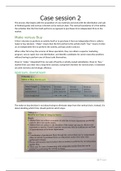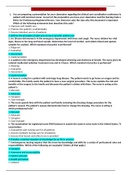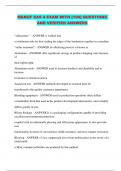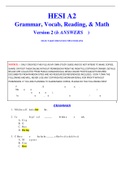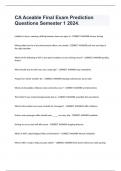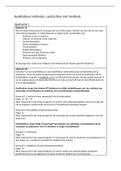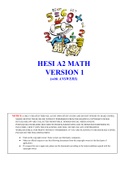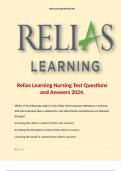Resume
Summary Case session 2 - Competitive Analysis and Strategy
- Cours
- Établissement
- Book
This document gives an elaborate explanation from the book of what has been covered in Case session two. the following topics are being discussed: Reasons to Buy (Bureaucracy effect and exploiting scale and learning economies); Reasons to Make (the foundation of contracts; coordination; Leakages; T...
[Montrer plus]
